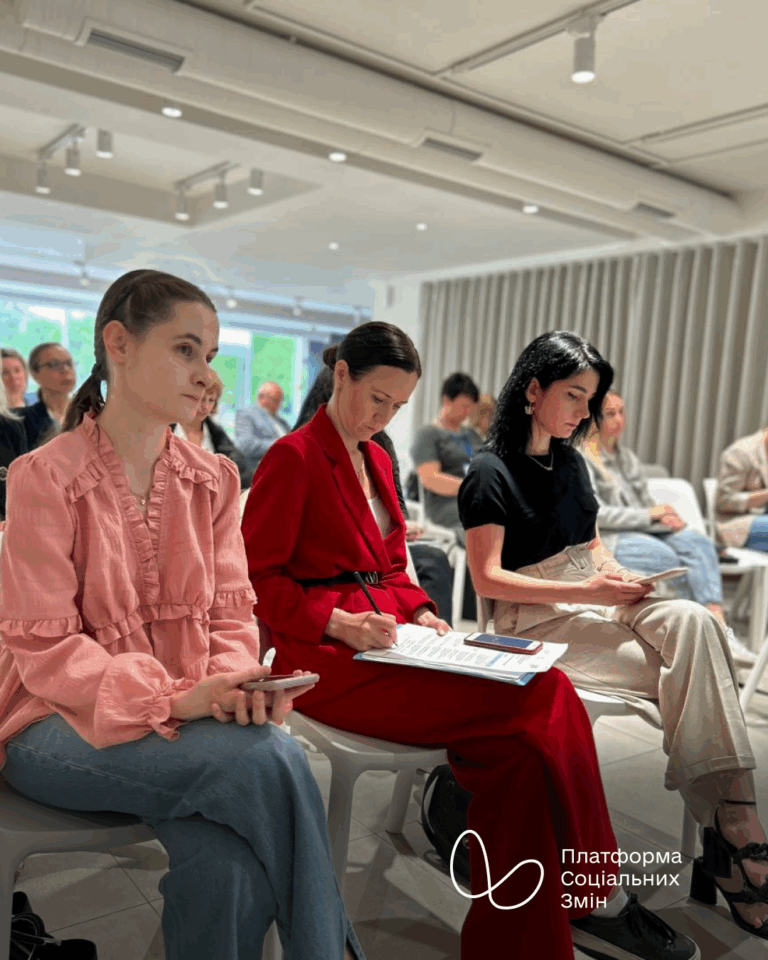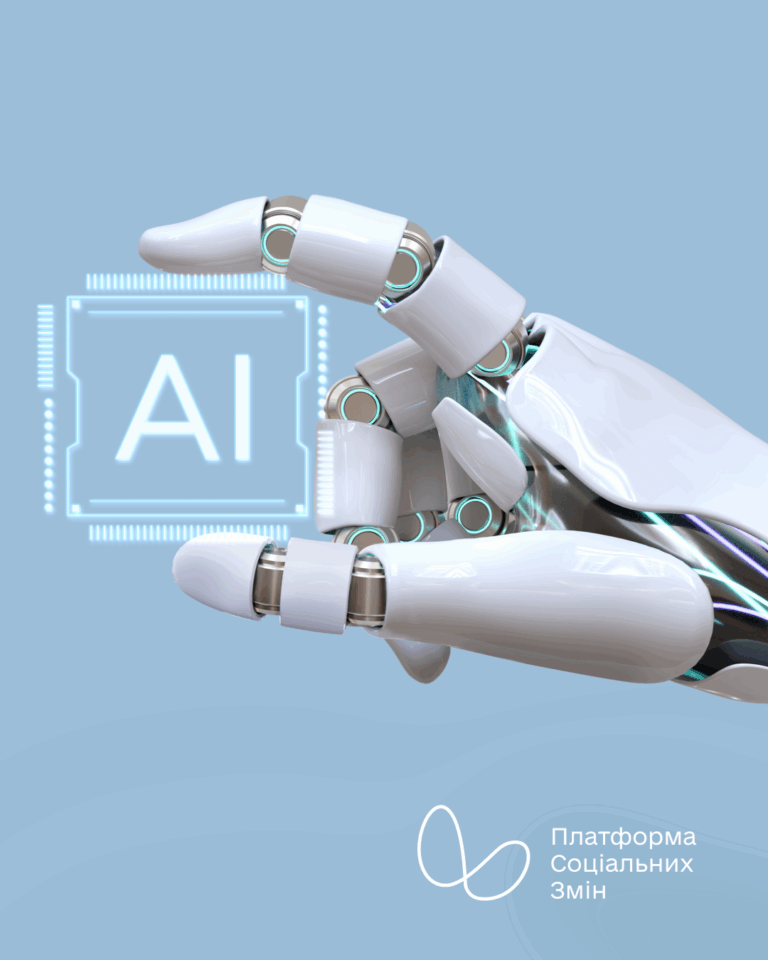Bootcamps for High School Students
We provide a hands-on environment where 10th–11th grade students collaborate in teams, receive mentorship and coaching, and gain the tools to launch real social initiatives that make an impact in their communities

will learn
Think like an entrepreneur and work in a team.
Set goals, plan, and take responsibility together.
Spot community needs and find solutions.
Go from analyzing a challenge to creating your own project and delivering a public pitch.
Use business tools.
Develop strategy, build a business model, and create and test a product or service.
Accept support and work with mentors.
Get guidance from practitioners and psychological support at every stage of your work.
Build sustainable projects.
Create social initiatives and ventures that can continue growing after the program.
Participants are students in grades 10–11 (sometimes grade 9, depending on the school). Each cohort includes 20–25 students, divided into 3–5 teams of 4–6 people. Teams can be self-formed based on shared interests or guided by a curator. Role balance is important: someone leads, someone handles research, product, communications, or finance. Each school assigns a curator — a teacher or coordinator, who supports the team, helps with deadlines, and guides the workflow.
Yes, all minors must have written parental or guardian consent for program participation, public pitching, and use of photo/video materials. Consent forms can be submitted electronically or on paper; schools handle collection and storage. Templates are provided, and all data is processed according to the Social Change Platform policies. Sharing participant stories is coordinated separately.
The program runs in a hybrid format: 7 interactive online sessions and 3 in-school offline sessions with a visiting mentor. The recommended rhythm combines short practical online blocks with mentors, in-school workshops, and independent team work on prototypes. Mentors guide all stages to keep students moving forward. Exact schedules are arranged with each school, either as an intensive or spread across the school term.
Yes, student teams may receive microgrants or small budgets for consumables needed to create prototypes. Support covers basics: materials, printing, mock-ups, or other items necessary for an MVP or pilot test. Expensive assets beyond learning objectives are not funded. Participants provide a brief descriptive and financial report using the Social Change Platform templates, including receipts, photos, and explanations of how funds were used.
Yes, local entrepreneurs, NGOs, or municipal institutions are welcome to act as task sponsors, mentors, test sites, or donors of prizes and scholarships. All potential conflicts of interest and brand-placement rules are agreed upon in advance.
Mentorship is delivered by practitioners in social entrepreneurship, marketing, finance, and prototyping. Psychologists and coaches support team dynamics. The Anima Help platform is also available: students can take free online tests for stress, anxiety, or burnout levels and receive guidance if needed. Formats include group sessions, individual meetings, and online surveys.
Yes, both participants and curators receive certificates. Winners also receive additional recognition and recommendation letters.
The program is free for students and schools, supported by grants or partners. Any co-financing arrangements are discussed with schools in advance.
Participants go through a selection process: first, a short video up to 90 seconds plus a structured application form, then an individual interview to discuss motivation and readiness to work with data and feedback. The school must have a curator to ensure team discipline and process support.




